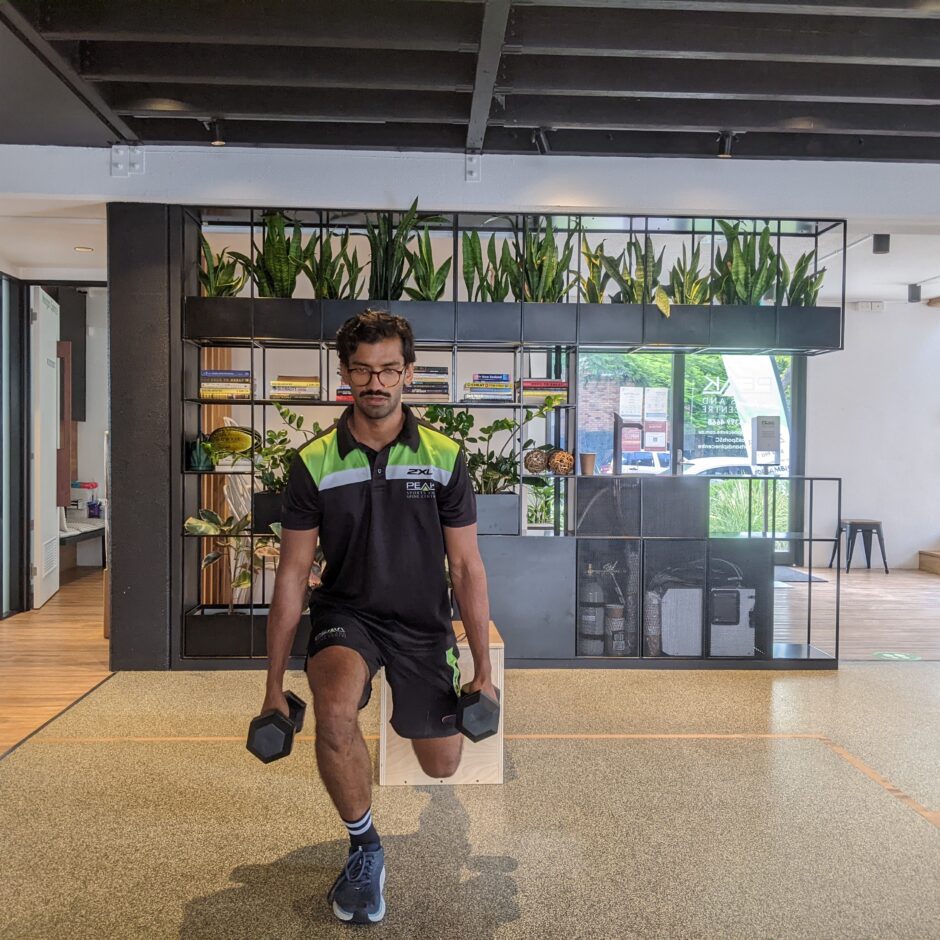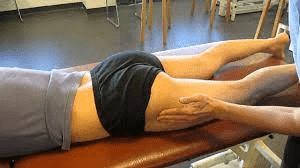The most common cause of lateral hip pain is gluteal tendinopathy. This condition is also called greater trochanteric pain syndrome (GTPS) and hip bursitis. It affects 1 in 4 women over the age of 50, however it can present in anyone. In severe cases lateral hip pain can be vague and widespread, as such, it can masquerade as other conditions such as back pain and sciatica. In this blog we will cover: What causes lateral hip pain, how it presents, and what you can do to treat lateral hip pain.
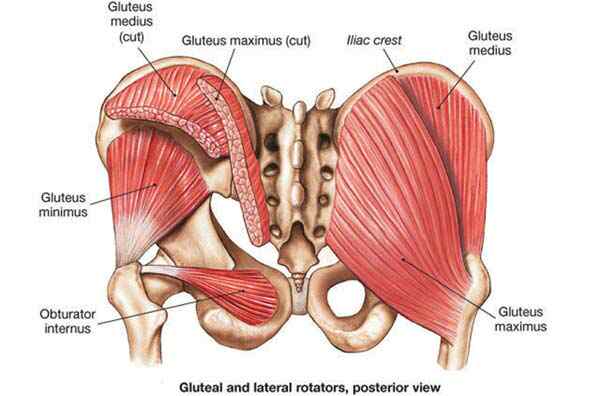
What causes lateral hip pain?
Terms such as hip bursitis, greater trochanteric pain syndrome, gluteal tendinopathy can be used in place of lateral hip pain. These all refer to the condition, where the glute med/min tendon causes pain, as a result of being exposed to loads they’re not accustomed to, or being repeatedly compressed.
The most likely reason gluteal tendinopathy affects 1 in 4 women over 50 years, is that tendons (and bones) tend to get weaker during peri-menopausal stages. As estrogen levels drop during menopause the body produces less collagen, which gives tendon’s their tensile strength. As the body is subjected to the same routine load, on weaker tendons it can cause a flare up of symptoms. This can explain the insidious presentation of lateral hip pain. Alternatively if we have a sharp increase in activity and our tendons do not get the requisite time to adapt and get stronger to cope with these increases in loads, this causes pain.
For example: Running 30km per week for 3 weeks after being relatively sedentary the month prior. A pelvic drop as in the image below can sometimes be a movement pattern, that’s learnt and isn’t always associated with poor strength.
How do symptoms present?
1. Palpation
Shift your weight onto your good side as you stand and use the palm of your hand to touch the outside of your hip. You should feel a bony protrusion 4cm in diameter – that is your greater trochanter. Use your thumb to touch directly on top of this bone, and on the under/posterior surface. Is this causing you, YOUR pain?
The video shows how you can palpate your hip to reproduce symptoms.
2. Aggravating Movements:
Does standing on your legs for 30 seconds aggravate your pain?
Does crossing your legs while you sit (as shown above), or doing a glute stretch make your pain worse?
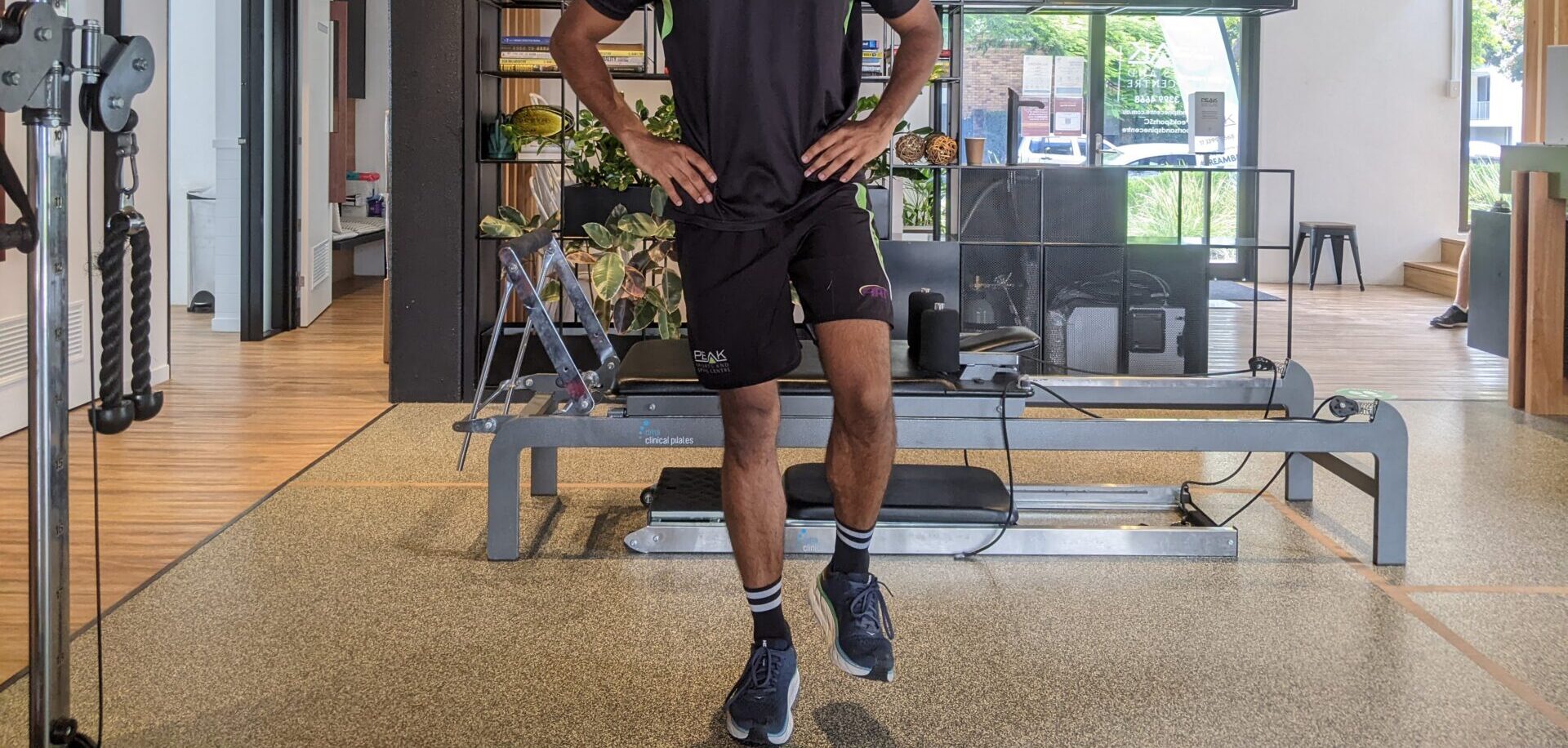
3. Do your symptoms follow the tendinopathy pattern:
Painful/stiffness in the morning or after rest
Warm up with activity
Aching at night
Aggravate with sleeping on the painful side
Treatment for your lateral hip pain
1. Avoid compressive positions
When your hip goes into adduction (leg across your body) your gluteal tendon is wrapped around the bony protuberance of your femur. This can make your pain worse.
2. Isometrics
Sustained muscle contractions can help reduce the pain and sensitivity. There isn’t a right or wrong way to do this. Abduct/ separate your legs against resistance, at an intensity that causes a 2/10 discomfort – hold this for 50 seconds, repeat this 5 times. Throughout the day.
Here are some ways you can do this:
Standing Abduction:
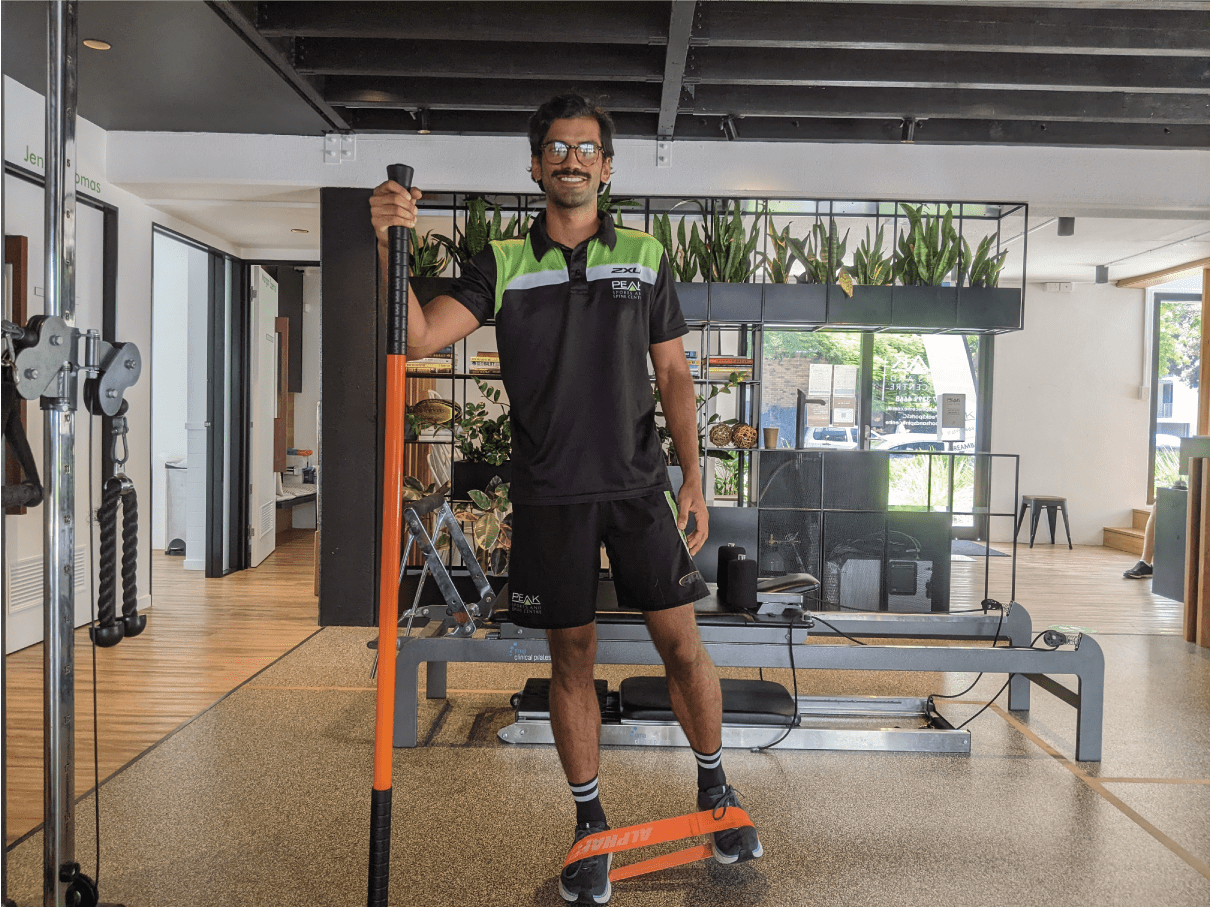
Side Lying Abduction:
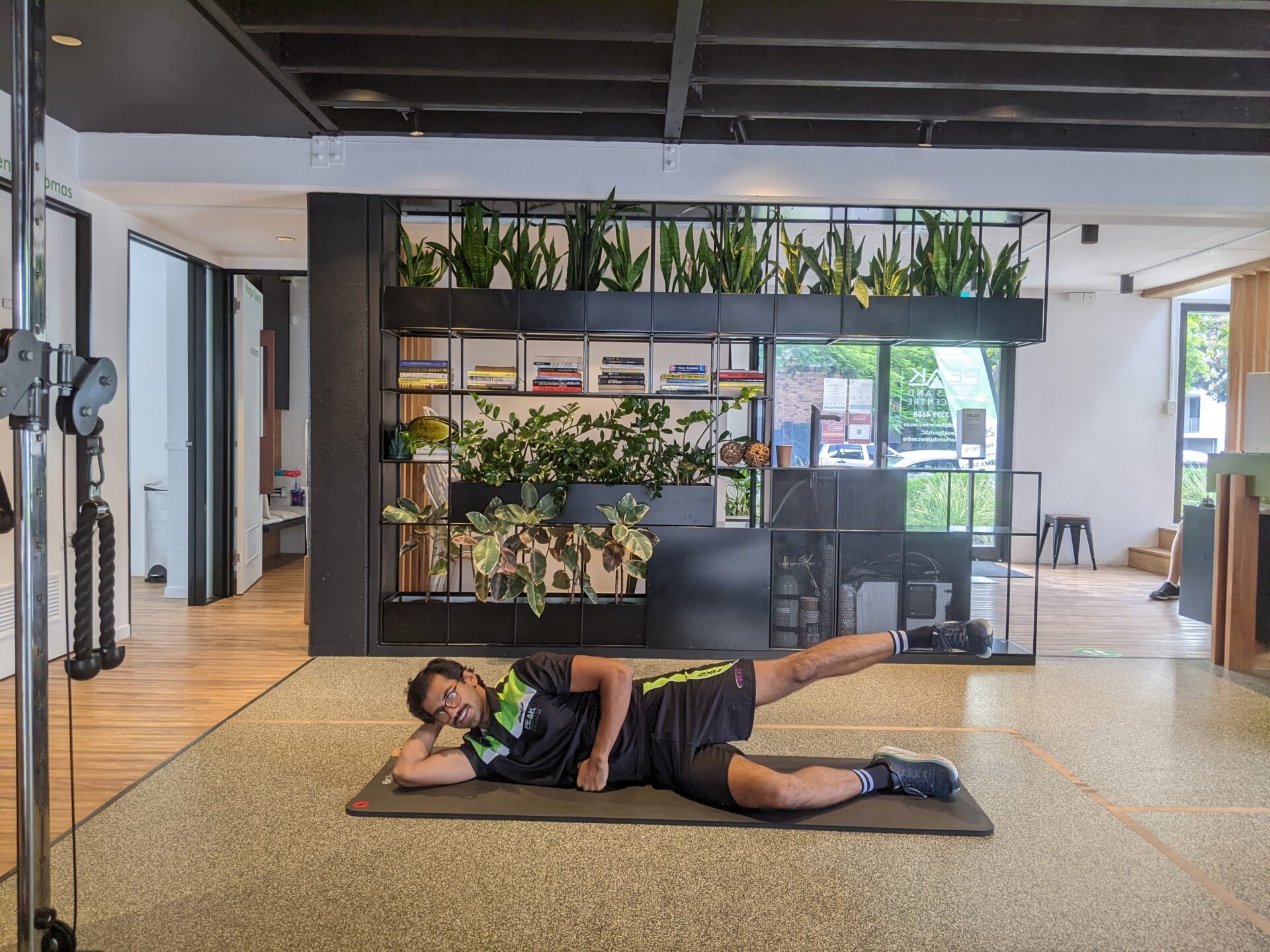
3. Glute med strength and single leg exercises:
The following exercises can help strengthen your muscles and tendons, and help you avoid pelvic drop (compressive) positions while you’re running and walking.
1. Crab walks:
Do this over the span of 3m. Repeat 3 times.
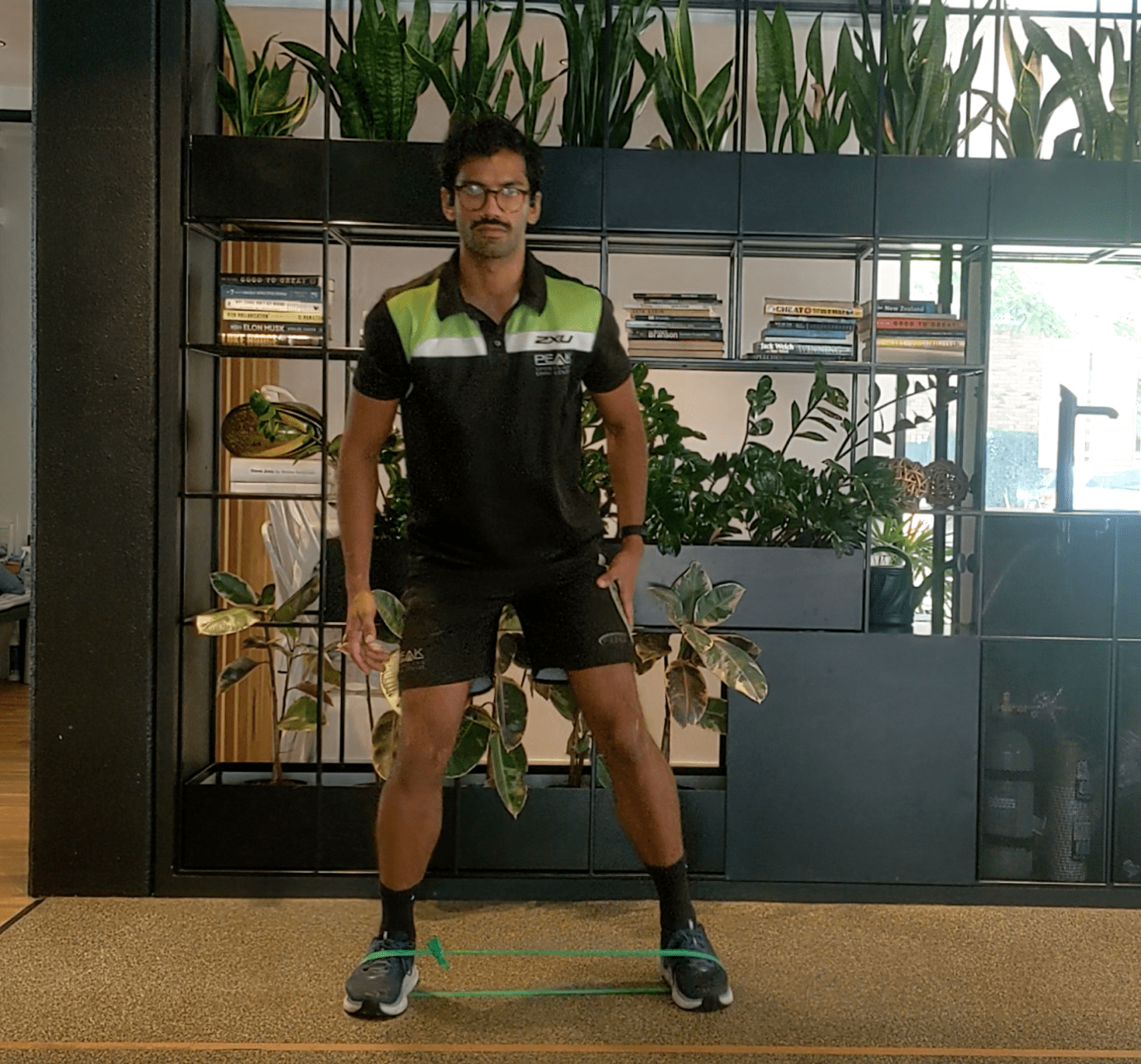
2. Box step up:
Your glute med and max work most in a single leg/hip hitching movement. Make sure you’re keeping your hips level. Take 2 seconds to step up, and 2 seconds to step down. This will help you build more control with your hip position.
10 reps x 3 sets.
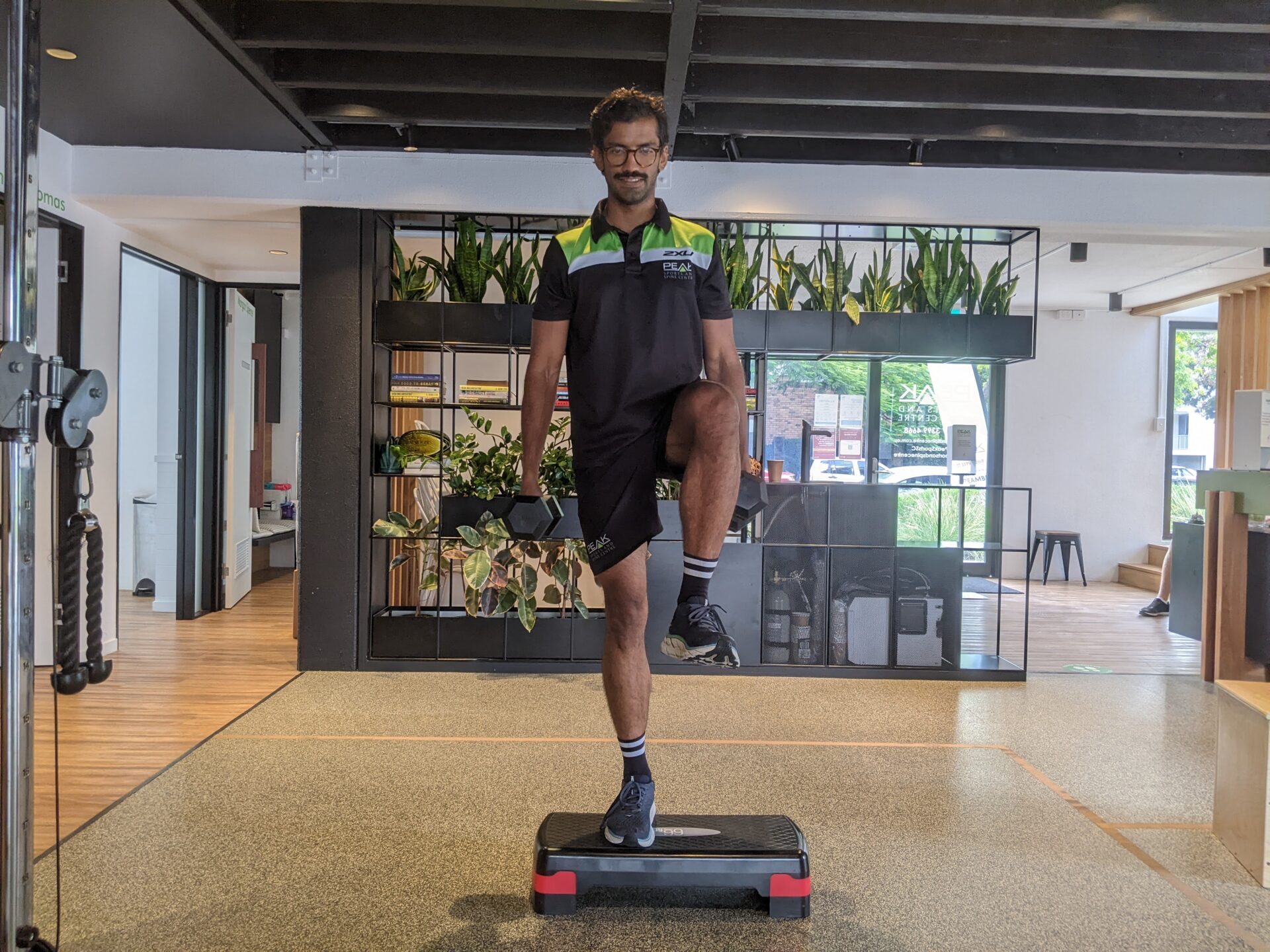
There are several conditions that can present the same way, and require a different approach to treatment. If you need more guidance with assessment and treatment of your pain, consult one of our coaches at PEAK.
Pranay Singh
Physiotherapist
PEAK.
Let's get started — How can we help?
Physiotherapy
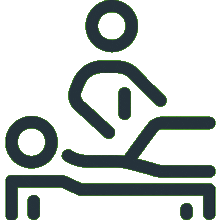
Chiropractic
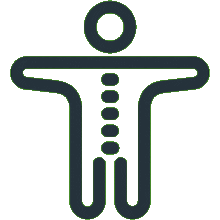
Podiatry
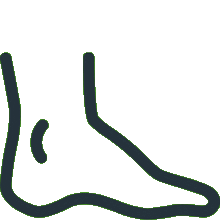
Massage Therapy
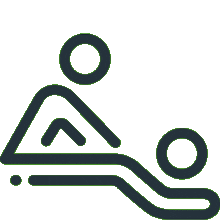
Women's Health Physiotherapy
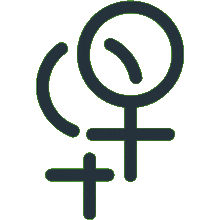
Running Program Tailored To Your Goals
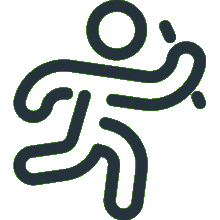
Joint Mobilisation
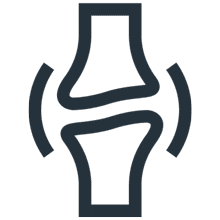
Active Release Technique
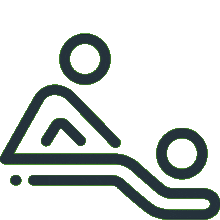
Exercise Prescription
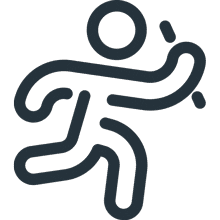
Real Time Ultrasound Imaging
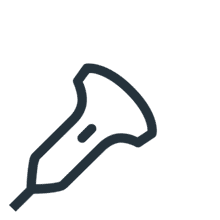
Spinal Manipulation
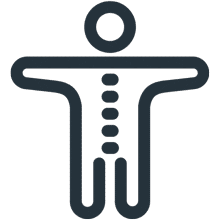
Functional Movement Screen
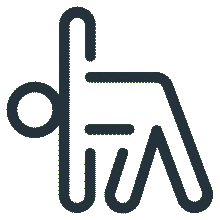
Knee Pain Treatment

Hamstring Strain Treatment
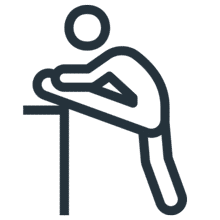
Hip Pain Treatment

Upper, Middle & Lower Back Pain

Neck Pain Treatment

Shoulder Pain & Rotator Cuff Tear

Can't find what you're after?
View all ServicesOr email the PEAK team at info@peakssc.com.au
Hawthorne
- Phone: (07) 3399 3318
- Fax: (07) 3319 6577
Address
5/171 Riding Road,Hawthorne, QLD, 4171 Get Directions
Opening Hours -
6 days per week
- Monday - Friday: 7:00 am - 8:00 pm
- Saturday: 7:00 am - 1:00 pm
To make a booking outside of business hours, please use our form by clicking here.
New Farm
- Phone: (07) 3399 4668
- Fax: (07) 3319 6577
Address
1/15 Lamington Street,New Farm, QLD, 4005 Get Directions
Opening Hours -
6 days per week
- Monday: 7:00 am - 8:00 pm
- Tuesday: 7:00 am - 8:00 pm
- Wednesday: 9:00 am - 8:00 pm
- Thursday: 10:00 am - 8:00 pm
- Friday: 7:00 am - 3:00 pm
- Saturday: 7:00 am - 3:00 pm
To make a booking outside of business hours, please use our form by clicking here.
